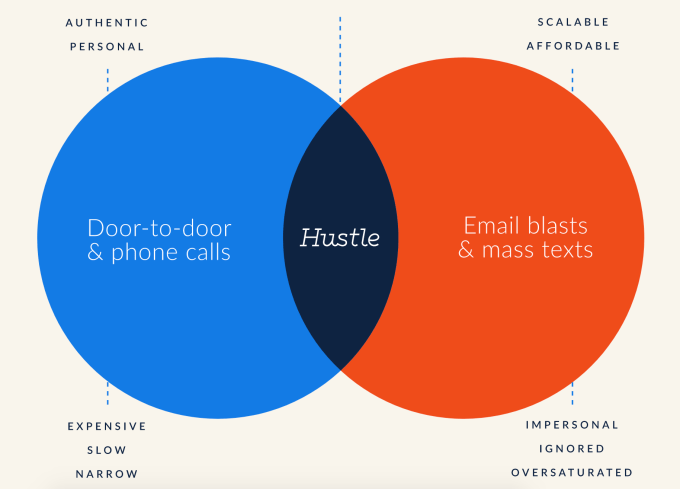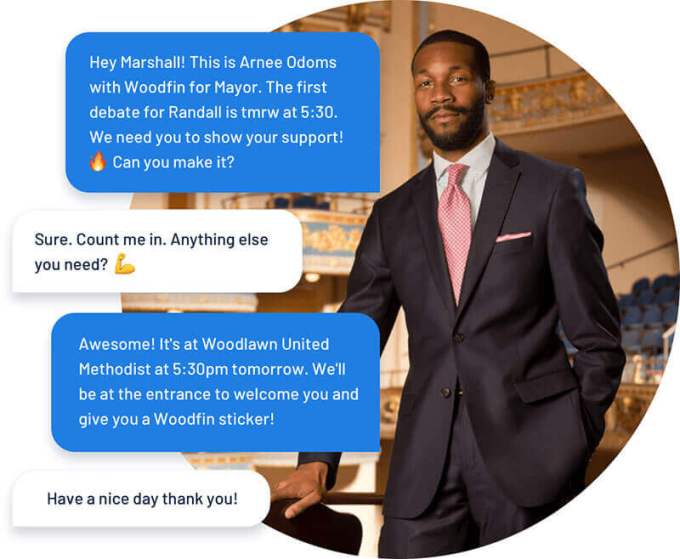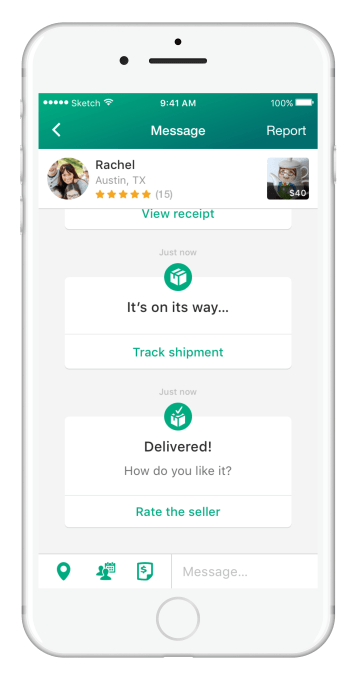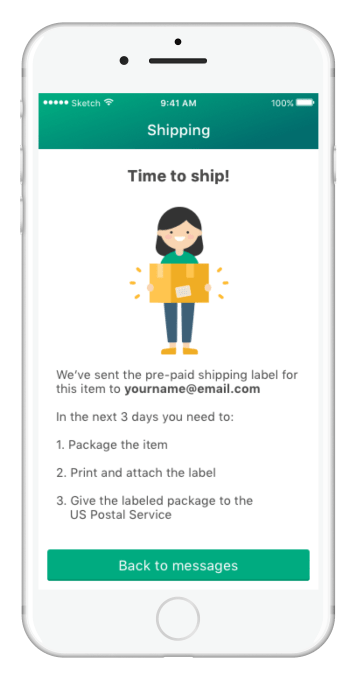The UK parliament has issued an impressive ultimatum to Facebook in a last-ditch attempt to get Mark Zuckerberg to take its questions: Come and give evidence voluntarily or next time you fly to the UK you’ll get a formal summons to appear.
“Following reports that he will be giving evidence to the European Parliament in May, we would like Mr Zuckerberg to come to London during his European trip. We would like the session here to place by 24 May,” the committee writes in its latest letter to the company, signed by its chair, Conservative MP Damian Collins.
“It is worth noting that, while Mr Zuckerberg does not normally come under the jurisdiction of the UK Parliament, he will do so the next time he enters the country,” he adds. “We hope that he will respond positively to our request, but if not the Committee will resolve to issue a formal summons for him to appear when he is next in the UK.”
Facebook has repeatedly ignored the DCMS committee‘s requests that its CEO and founder appear before it — preferring to send various minions to answer questions related to its enquiry into online disinformation and the role of social media in politics and democracy.
The most recent Zuckerberg alternative to appear before it was also the most senior: Facebook’s CTO, Mike Schroepfer, who claimed he had personally volunteered to make the trip to London to give evidence.
However for all Schroepfer’s sweating toil to try to stand in for the company’s chief exec, his answers failed to impress UK parliamentarians. And immediately following the hearing the committee issued a press release repeating their call for Zuckerberg to testify, noting that Schroepfer had failed to provide adequate answers to as many of 40 of its questions.
Schroepfer did sit through around five hours of grilling on a wide range of topics with the Cambridge Analytica data misuse scandal front and center — the story having morphed into a major global scandal for the company after fresh revelations were published by the Guardian in March (although the newspaper actually published its first story about Facebook data misuse by the company all the way back in December 2015) — though in last week’s hearing Schroepfer frequently fell back on claiming he didn’t know the answer and would have to “follow up”.
Yet the committee has been asking Facebook for straight answers for months. So you can see why it’s really mad now.
We reached out to Facebook to ask whether its CEO will now agree to personally testify in front of the committee by May 24, per its request, but the company declined to provide a public statement on the issue.
A company spokesperson did say it would be following up with the committee to answer any outstanding questions it had after Schroepfer’s session.
It’s fair to say Facebook has handled this issue exceptionally badly — leaving Collins to express public frustration about the lack of co-operation when, for example, he had asked it for help and information related to the UK’s Brexit referendum — turning what could have been a fairly easy to manage process into a major media circus-cum-PR nightmare.
Last week Schroepfer was on the sharp end of lots of awkward questions from visibly outraged committee members, with Collins pointing to what he dubbed a “pattern of behavior” by Facebook that he said suggested an “unwillingness to engage, and a desire to hold onto information and not disclose it”.
Committee members also interrogated Schroepfer about why another Facebook employee who appeared before it in February had not disclosed an existing agreement between Facebook and Cambridge Analytica .
“I remain to be convinced that your company has integrity,” he was told bluntly at one point during the hearing.
If Zuckerberg does agree to testify he’ll be in for an even bumpier ride. And, well, if he doesn’t it looks pretty clear the Facebook CEO won’t be making any personal trips to the UK for a while.











